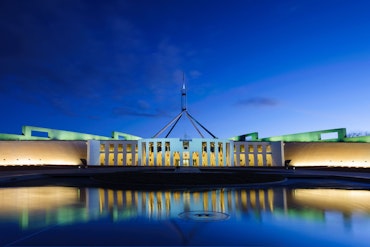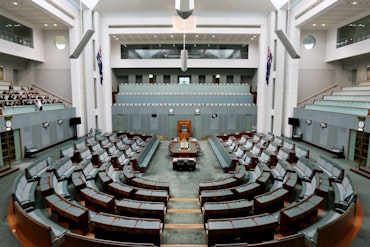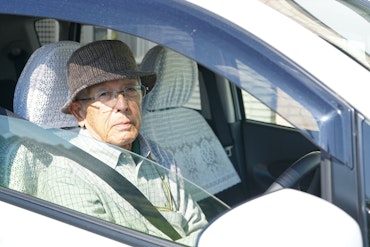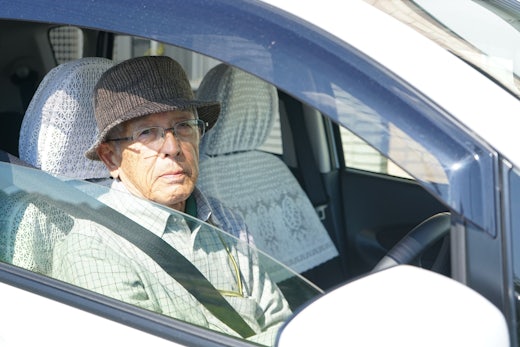Flexible housing for ageing population
Australia may have enough large family homes and now needs smaller, more flexible, higher density housing, according to one of the nation’s leading demographers.
The call follows a recent paper by the University of Adelaide's Professor Graeme Hugo AO on the changing demographics of Australia over the past 30 years, published in the Australasian Journal on Ageing.
Professor Hugo, who is director of the Australian Population and Migration Research Centre at the University, has analysed a range of demographic trends in the period 1981-2011, including population growth, life expectancy, migration, population distribution and household composition.
Professor Hugo says Australia's ageing population is largely not being factored into planning and policy.
“The physical stock of our houses is out of kilter with the reality of our population changes,” Professor Hugo says.
“What Australia desperately needs is growth in more flexible housing for one to two people. This is mostly driven by the baby boomer population – a quarter of our population is either moving into retirement or is already in retirement. They’re at a stage when many wish to be downsizing, moving into accommodation that better suits their needs and lifestyle.
“Baby boomers could play an important role in increasing the density of population in Australian cities. By all means, older people who wish to stay in the family home should be enabled to do so, but there is evidence that some baby boomers are seeking a change in housing after their children leave home.
“This would free up family housing for young families while helping to drive a much needed boost in higher density, inner city living. Importantly, it will help stop the spread of our everwidening suburbs,” he says.
Professor Hugo says that since 1981, what many Australians consider to be the ‘typical’ household has experienced the slowest growth.
“In 1981, just over 47% of households had one or two people, but by 2011 this increased to more than 58%.
“Australian planning is aimed predominantly at the stereotypical 'average' household. However, the figures show a very different picture of our population's needs, and it's time we stopped ignoring those changes so that adequate housing and services can be provided,” Professor Hugo says.























Comments